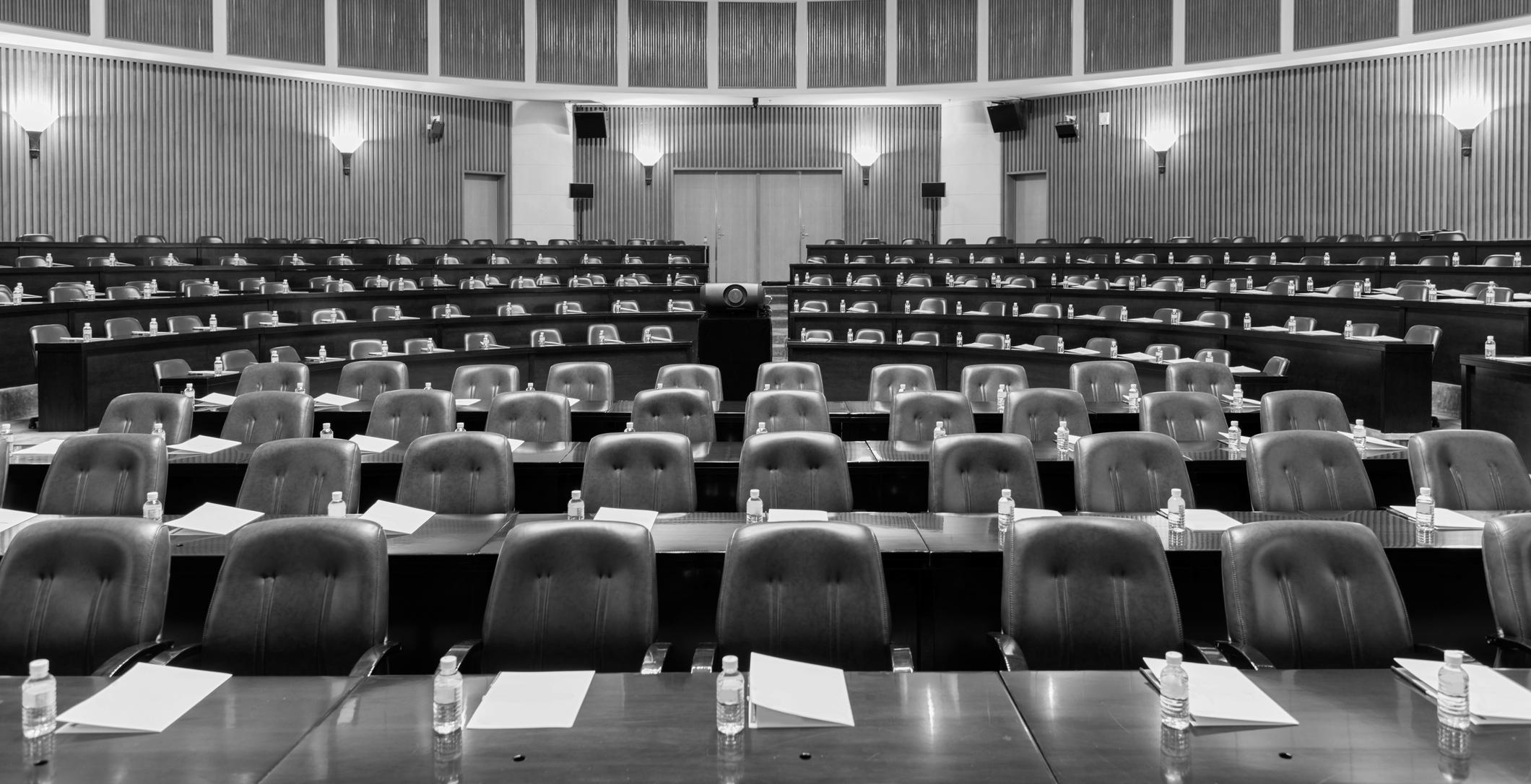It has now been 74 days since Connecticut lawmakers failed to meet the budget deadline for the 2017-2018 fiscal year. One of only a few remaining states in the country without a budget in place for the coming year, Connecticut is on the precipice of a massive fiscal crisis. A projected $5 billion deficit, coupled with divisive politics at the state capitol and in the Governor’s Office, has stymied all efforts to pass a budget. With less than a month before massive cuts in municipal aid take effect, legislators are still meeting to vote on a bill that eliminates the budget shortfall.
The same problems that plagued the budget process during the regular session have followed lawmakers into the summer and fall. Intensified partisan bickering over the deficit has put pressure on the already narrow Democratic majorities in both the House and Senate. Progressive Democrats pushed for increases in taxes for corporations and individuals in the top marginal tax rate, a plan moderate Democrats have rejected. Republicans, loath to increase taxes after years of successive increases, have instead encouraged spending cuts and state employee bargaining coalition reforms, including pension reforms. Moderate Democrats threatened to join Republicans on this issue during regular session and may still side with Republicans in upcoming budget proceedings. Given the razor-thin majority in the House and the 18-18 split in the Senate, the deficit has resulted in a budget impasse. To make matters worse, Governor Dannel Malloy (D), one of the country’s most unpopular governors, could be forced to drastically cut municipal aid and education funding October 1 if the General Assembly fails to reach a deal. How did state legislators reach this budget standstill?
Gridlock began in late April after the Joint Committee on Appropriations failed to pass budget measures by the committee deadline, prompting the Republican Caucus to announce its own proposal in a four-page press release which proposed a new education cost-sharing formula, reformulated municipal aid and made large spending cuts to social services. Republican leadership presented the proposal and stressed the plan’s lack of tax increases or tolls. In Mid-May, Senate Republicans released a line-by-line update to the plan, having made adjustments following the release of the April Consensus Revenue, which reported a drop in revenue. Meanwhile, House Democrats released their own proposal on June 29. The plan proposed a sales tax increase from 6.35 percent to 6.99 percent and gave localities the option to impose an additional 1 percent tax on food and drink sales. House Minority Leader Themis Klarides (R) planned to offer the Republican proposal as an amendment to a Democratic plan during votes in July, but those votes never occurred.
Instead of taking action on the budget during the summer, House Democrats released an additional new proposal in late August. The proposal increases various taxes, including the sales tax, room occupancy tax, luxury tax, cigarette tax and smokeless tobacco tax. In response, Governor Malloy issued a statement rejecting any state income tax increase. Malloy has said he will not allow a budget to pass without his signature, resulting in little legislative progress.
That said, there has not been a complete lack of budget progress. On July 24, a union concessions deal passed both chambers along party lines, with Lt. Governor Nancy Wyman (D) breaking the tie in the Senate. The deal changes the union wage benefits package and institutes a three-year wage freeze in exchange for a guarantee of four years without layoffs and an extension of the benefits package through 2027. The agreement brought the projected two-year deficit down by $1.5 billion. While a small step toward eliminating the shortfall, the deal did not solve all of Connecticut’s budget woes. On August 18, Malloy proposedcutting educational aid by 28 percent. The proposed plan would eliminate funding for certain school districts and shift that money to schools serving the state’s neediest children. Under the Governor’s plan, 85 school districts would receive no education cost-sharing aid at all, and 54 districts would see a reduction in funding. The Governor also released a comprehensive compromise proposal (his third budget proposal) September 8, scaling back some of his earlier suggestions and combining ideas from both parties. Malloy’s new plan would increase the sales tax rate to 6.5 percent and implement systemic budget reforms to avoid further gridlock.
Lawmakers are under tight deadlines. On September 30, $182 million in property tax relief grants will be withheld if a budget is not in place. Come October 1, the education cuts will go into effect via executive order, hitting schools and municipalities. In a statement to the media on September 6, House Speaker Joe Aresimowicz (D) announced his intentions to call a vote on a budget the week of September 11 with or without a deal with Governor Malloy. However, House Democrats do not yet have a budget bill ready for consideration; under special session rules, the Speaker may not consider a budget in the House without consent from Senate President Pro Temp Martin Looney (D). Lawmakers have yet to settle on an agreement, leaving a scheduled vote tenuous. The uncertainty in Hartford has left citizens wondering not only when or if votes on a budget will be taken, but if a plan will be put in place before they start to feel the brunt of cuts.
